Flounder, Halibut, Fluke & Sole: Flatfish Make the World Go ‘Round
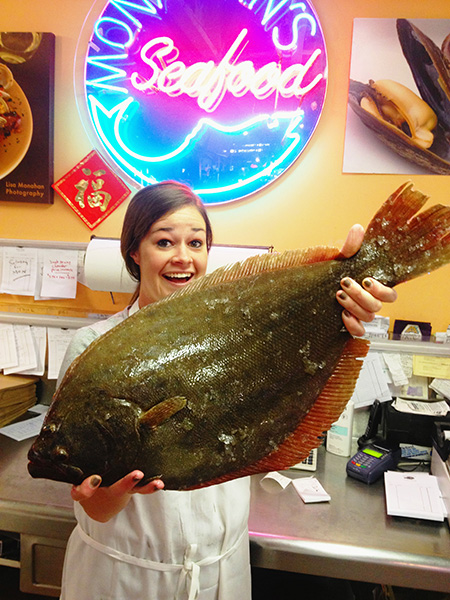 The world of flatfish is vast, varied and confusing. There are 11 families and 500 species, 130 of them are native to America. Soles, flounders and halibut are familiar to most of us but dabs, plaice, brill, toungefish, turbot, are all different types of flatfish. One thing that they all have in common is they all have both eyes on the same side of their head. When first born they look like normal fish swimming upright, but soon one eye will “migrate” to the other side and the fish will flop down on it’s side.
The world of flatfish is vast, varied and confusing. There are 11 families and 500 species, 130 of them are native to America. Soles, flounders and halibut are familiar to most of us but dabs, plaice, brill, toungefish, turbot, are all different types of flatfish. One thing that they all have in common is they all have both eyes on the same side of their head. When first born they look like normal fish swimming upright, but soon one eye will “migrate” to the other side and the fish will flop down on it’s side.
The top side will be dark and blend in with the sea floor, some species even change colors, the bottom side is white, to blend in with the surface when swimming off the bottom. Some would wonder how such a freak could evolve into a family of 500. If you could see the way they gracefully move along, invisible to predators, agile and fast, their bodies like one big fin capable of quick bursts of speed, you would see a perfectly adapted fish.
Some flatfish are right eyed with their mouths on the left and some are left eyed, all true soles are right eyed. There are soft mouthed flatfish like yellowtail flounder and grey sole that feed on the bottom and toothy flounders like flukes (summer flounder) that eat other fish.
A huge family that includes so many fine food fish is bound to have some misleading and downright erroneous labeling. For example, when you see the name “sole” at the market, it’s probably going to really be a type of flounder. Lemon sole (a large winter flounder fillet) from our northeast coast is delicious, but not a true sole. Pacific Dover sole also is not a true sole and it doesn’t begin to compare in flavor or texture to the European Common or Dover sole, which I think is one of the world’s finest fish. Pacific rex sole, although a sweet nutty flavored little flounder is not a true sole either. Neither is the popular Pacific petrale sole. Many of these fish are fine at the table, but you can see that the labeling can be hard to figure out, especially when the Dover sole that you served at home just wasn’t quite the experience you remembered in Europe.
The bottom line for us though isn’t so much in the name but in the quality. At Monahan’s we look for flatfish that are the tastiest and that we can get to our market fast. Since freshness deteriorates quickly with these fish we have had much better luck bringing in east coast fish rather than Pacific fish. Among the regulars at our market are whole and fillets of yellowtail flounder, blackback dabs, grey sole, large channel flounders (lemon sole), Pacific and Atlantic halibut and sashimi-grade fluke. Our genuine Dover sole we get frozen from Holland. They are flash frozen on the boat and really good quality.
As far as flavor and preparation, most of the commercially-sold flatfish are mild and delicate, they vary in texture, sweetness and size. Since most are tender in texture, the smaller whole fish and fillets are perfect for the pan in dishes like meunière or amandine. Larger, meatier fish like channel flounder, fluke or halibut are great to steam, bake or grill. Whole smaller flounder or fillets are also great to stuff (crab stuffing is a great flavor with sole or flounder). I love all of the flatfish that we sell but the sweetest, nuttiest, most delicious of all, for me, is grey sole. Snow-white flesh and so good flash sautéed or stuffed and baked. We see lovely grey sole this time of year, try this easy and delicious recipe: Grey Sole Amandine.

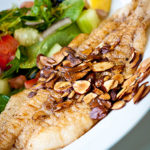 Next Post
Next Post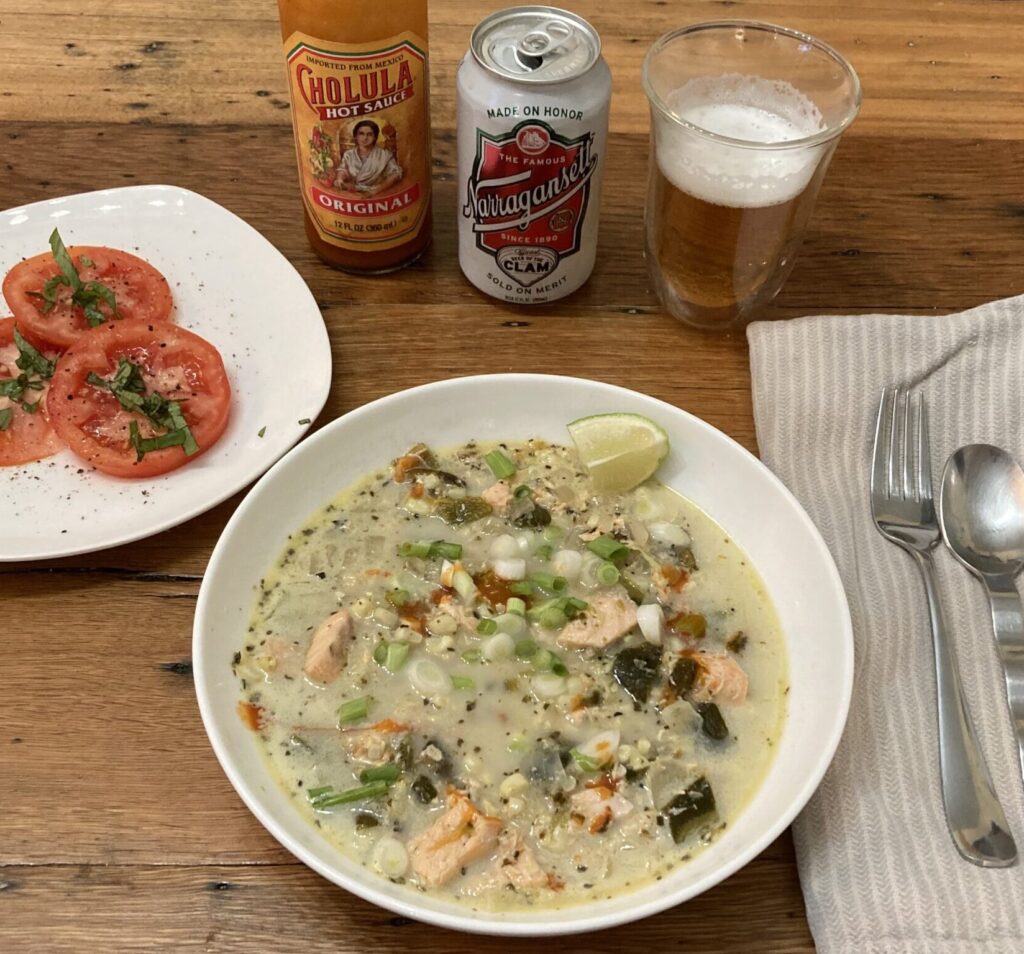
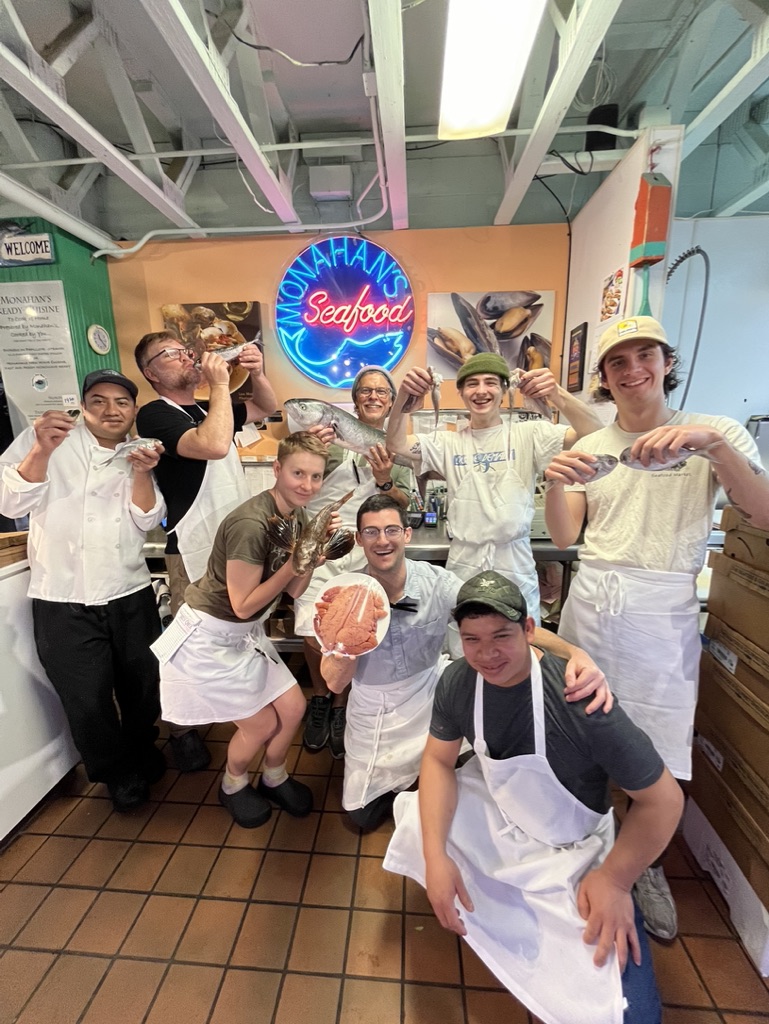
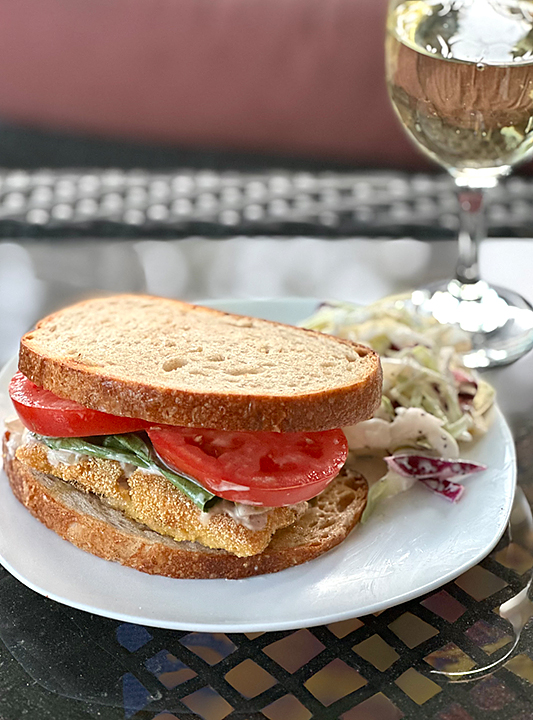

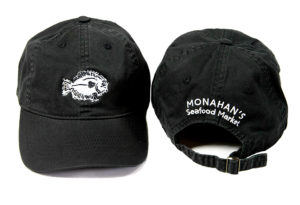
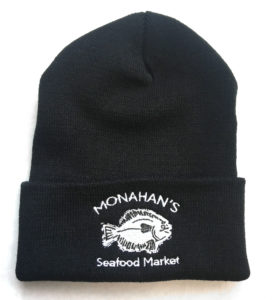
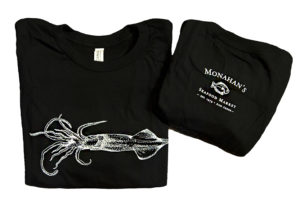

I grew up on blackback flounder (lemon sole), fluke, grey sole and the occasional “chicken” halibut. Grey sole is a local favorite here in Gloucester, MA. I recently tried Pacific Dover sole and the true Dover sole from Europe and while the Pacific species is pretty good, like you said it is not a real sole, and did not compare to the amazing tase of a true Dover sole.
Yes, European sole is the king. My family eats a lot of grey sole. Thanks for commenting!